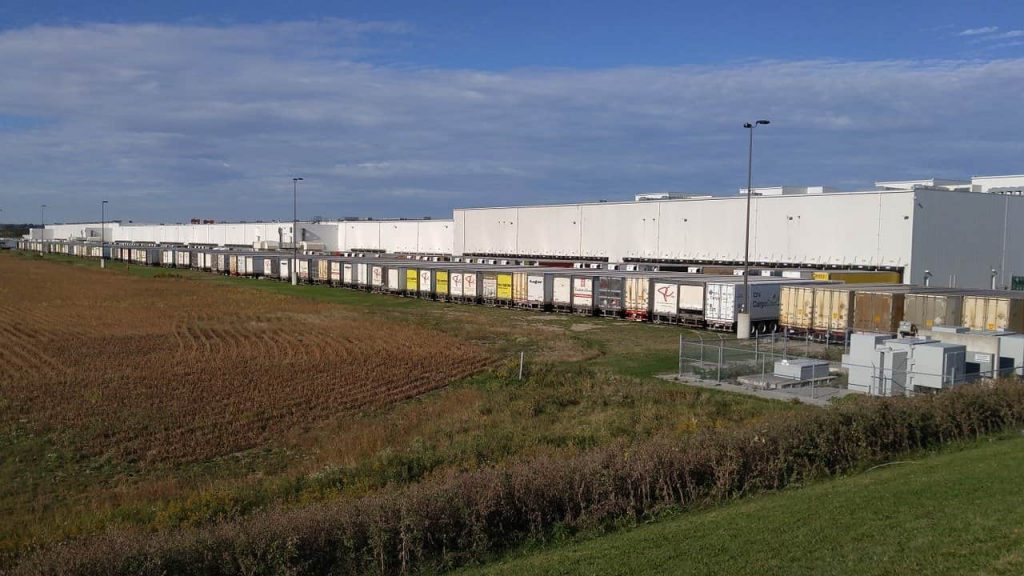
Any large retailer faces inevitable daily challenges when managing and moving large product quantities over long distances. This is what makes proper retail supply chain management crucial — the more products, warehouses and distribution centers you have to juggle, the more complex your daily operations become.
So, what are some of the major supply chain challenges retailers face in the Digital Age?
In general, the more control you have of your supply chain, the better your retail business will fare. Miscommunication between distribution center operations staff and supply chain management personnel is unfortunately still common today with many retailers, but others have taken advantage of recent technological improvements to overcome this challenge — even if they don’t own the supply chain.
Other issues like warehouse safety, geographical challenges and the need to meet shifting customer demands are also forcing retailers to make the leap from their “tried and true” processes to more innovative methods of getting products to customers. The following are a few of our observations on methods of overcoming the primary supply chain challenges in retail:
Although technology at every stage of supply chain management has advanced drastically over the past decade, many retailers still need to jump on board. Since today’s retailers are often much larger and deal with vastly more complex operations than their predecessors, particularly if they have a widespread customer base, supply chain management software solutions are now critical for successfully managing operations.
Technology has also made transportation of goods much more seamless, and it’s time that retail supply chains take advantage of innovations in automation, advancements in freight transportation services, drone technology and much more. To better meet customer demands, retail supply chains must keep up with the latest technology in their field.
With the increasing standardization of fast delivery and national — even global — customer bases, retail supply chains need to adapt their strategies to meet the changing needs of their customers. Many buyers prioritize convenience over retailer familiarity and will be quick to switch to a competitor who can better accommodate them.
While meeting customers’ frequently changing expectations is challenging, implementing more delivery and pickup options and using more powerful planning software will allow you to better coordinate supply chain processes.
Efficient operations within your retail warehouses are just as necessary as shipping and receiving. Make sure your warehouses and distribution centers are strategically organized to make safe storage and access easier. Implement products like storage carousels, custom rack solutions, sheet storage systems and more to optimize personnel safety and increase your organizational efficiency.